Yasir Alanazi
Multi-module based CVAE to predict HVCM faults in the SNS accelerator
Apr 20, 2023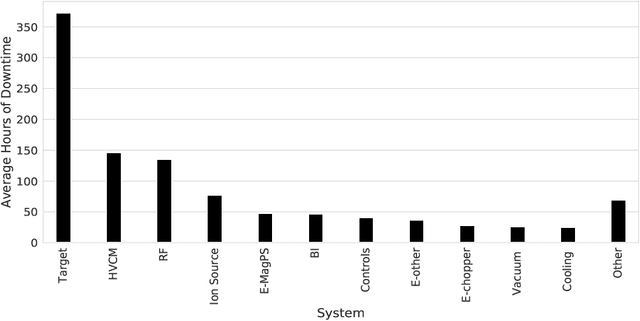



Abstract:We present a multi-module framework based on Conditional Variational Autoencoder (CVAE) to detect anomalies in the power signals coming from multiple High Voltage Converter Modulators (HVCMs). We condition the model with the specific modulator type to capture different representations of the normal waveforms and to improve the sensitivity of the model to identify a specific type of fault when we have limited samples for a given module type. We studied several neural network (NN) architectures for our CVAE model and evaluated the model performance by looking at their loss landscape for stability and generalization. Our results for the Spallation Neutron Source (SNS) experimental data show that the trained model generalizes well to detecting multiple fault types for several HVCM module types. The results of this study can be used to improve the HVCM reliability and overall SNS uptime
A survey of machine learning-based physics event generation
Jun 01, 2021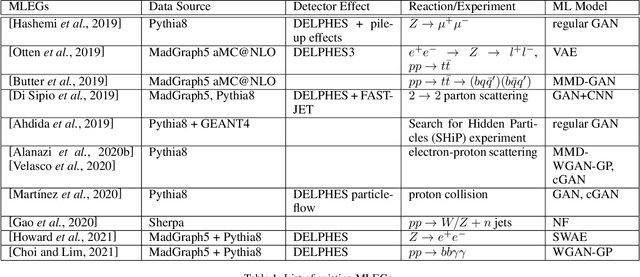

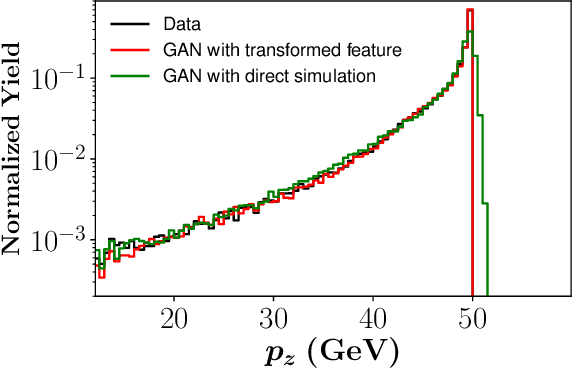
Abstract:Event generators in high-energy nuclear and particle physics play an important role in facilitating studies of particle reactions. We survey the state-of-the-art of machine learning (ML) efforts at building physics event generators. We review ML generative models used in ML-based event generators and their specific challenges, and discuss various approaches of incorporating physics into the ML model designs to overcome these challenges. Finally, we explore some open questions related to super-resolution, fidelity, and extrapolation for physics event generation based on ML technology.
Simulation of electron-proton scattering events by a Feature-Augmented and Transformed Generative Adversarial Network (FAT-GAN)
Jan 29, 2020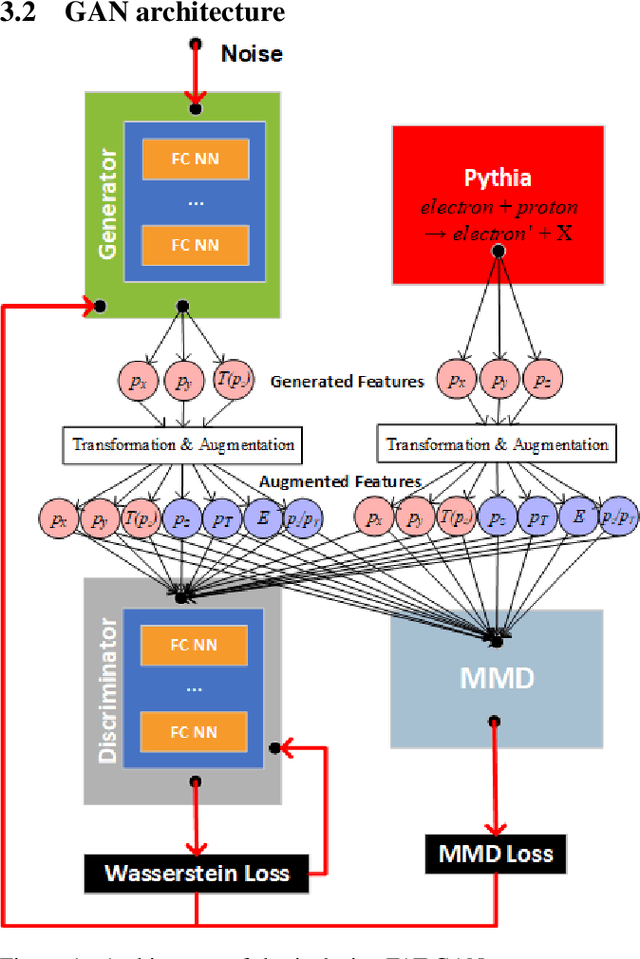
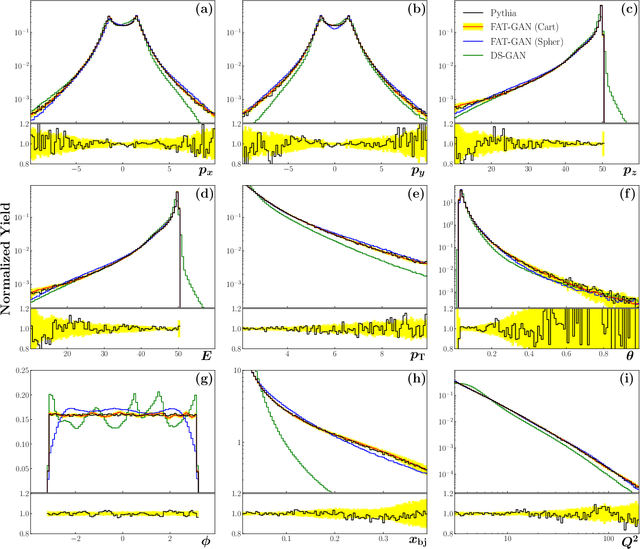
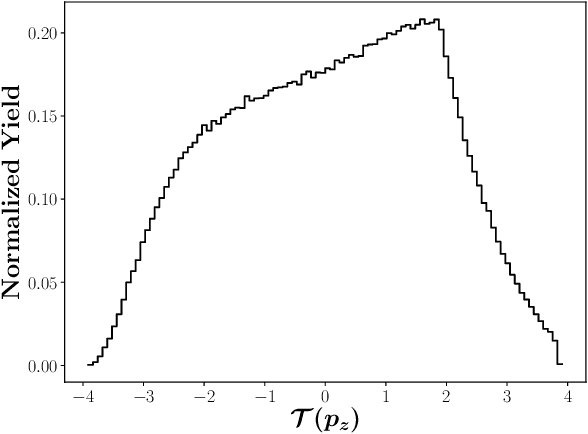
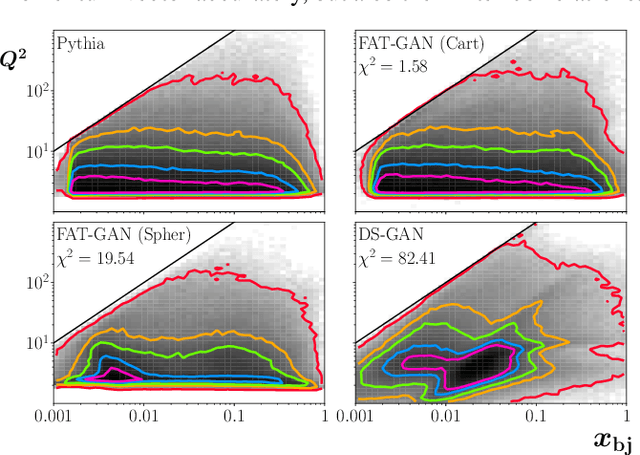
Abstract:We apply generative adversarial network (GAN) technology to build an event generator that simulates particle production in electron-proton scattering that is free of theoretical assumptions about underlying particle dynamics. The difficulty of efficiently training a GAN event simulator lies in learning the complicated patterns of the distributions of the particles physical properties. We develop a GAN that selects a set of transformed features from particle momenta that can be generated easily by the generator, and uses these to produce a set of augmented features that improve the sensitivity of the discriminator. The new Feature-Augmented and Transformed GAN (FAT-GAN) is able to faithfully reproduce the distribution of final state electron momenta in inclusive electron scattering, without the need for input derived from domain-based theoretical assumptions. The developed technology can play a significant role in boosting the science of the Jefferson Lab 12 GeV program and the future Electron-Ion Collider.
 Add to Chrome
Add to Chrome Add to Firefox
Add to Firefox Add to Edge
Add to Edge